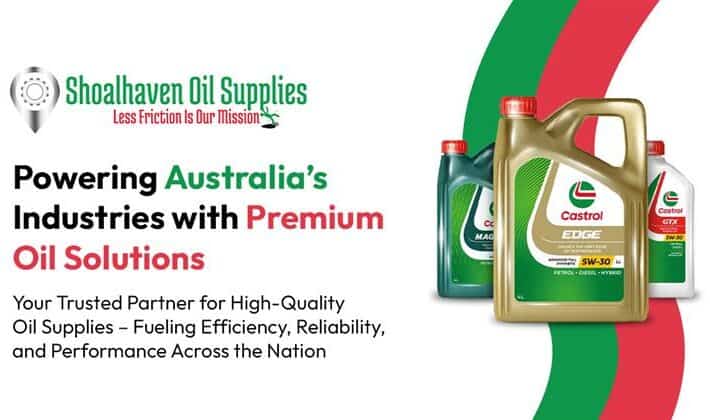What is used oil analysis?
Used oil analysis is typically a scheduled activity for analyzing oil health, oil contamination and machine wear. While the main purpose of an oil analysis program is to verify the lubricant in use is fit for further service, the analysis result is also used to diagnose whether the lubricated machine is operating normally. When an abnormal condition or parameter is identified through oil analysis, immediate actions can be taken to correct the root cause or to mitigate a developing failure.
Collection of used oil analysis is performed daily, weekly, or monthly depending on the critically of the operation as well as the changeability of the lubricant conditions itself. For example, for coolant maintenance, the concentration & pH are being checked daily while gear oil analysis is normally being performed monthly or quarterly.
There are three main categories of oil analysis namely fluid properties, contamination, and wear debris. Fluid properties including viscosity, water content, Total Acid Number, flash point & additive level represents the oil’s physical and chemical condition. Contamination analysis focuses on the quantity of contaminants and identification of the source of contamination. Wear debris is an advanced analysis, to determine the presence and identification of particles produced because of mechanical wear, corrosion, or other machine surface degradation.
Types of plant maintenance
In general practice, there are few methodologies for plant maintenance with both proactive & reactive strategies. The major types of plant maintenance inclusive of:.
- Preventive Maintenance – concept of preventing reoccurrence of the fault.
- Condition-based maintenance – when a situation or condition indicates maintenance is needed.
- Predictive maintenance – is data-driven and impacted by preset parameters.
- Planned maintenance – includes regular and periodic (time-based) schedules.
- Reactive maintenance – when a total breakdown or failure appears.
Each strategy has its advantages & disadvantages, therefore, to choose the suitable choice of plant maintenance is decided based on 5M mode:
- People – Mindset / level of training.
- Machine or equipment criticality.
- Medium / measurement (environment, inspection) – Tools to perform maintenance.
- Mission (purpose) – The equipment functional requirement.
- Management (leadership) – Priority or budget allocation for maintenance.
For example, to maintain a critical pump for a plant operation, condition-based monitoring may be utilized to ensure the pump condition is known in real-time. Used oil analysis is critical in conditionbased monitoring to detect abnormalities or when the problem is at the early stages. In Predictive maintenance, results from used oil analysis are monitored to understand when the fault would occur, enabling engineers to plan for troubleshooting or shutdown. In Preventive Maintenance, the data analysis from used oil analysis is used to understand the problem, taking steps to prevent the problem from happening. Planned Maintenance is maintenance performed at specific time intervals.
The earlier the problem can be detected; the more critical or sensitive the equipment, where specialized personnel are required can translate to a higher cost. Therefore, for non-critical machinery or equipment with multiple backups, reactive maintenance tends to be preferred.


Leave a comment
Your email address will not be published. Required fields are marked *